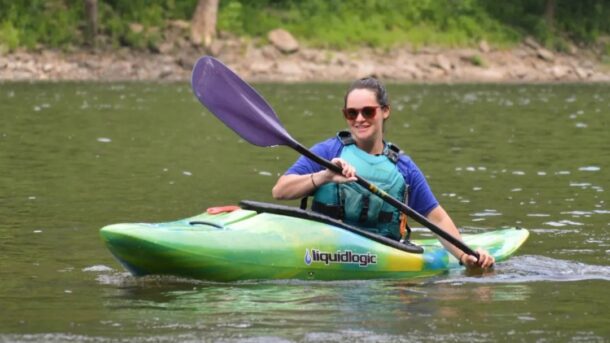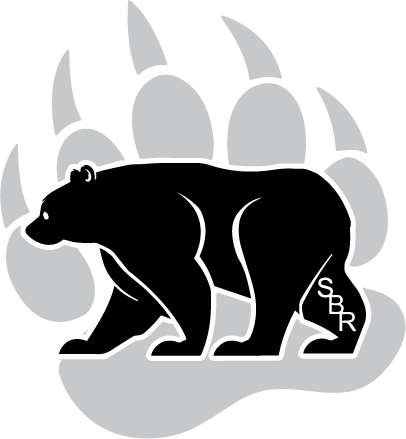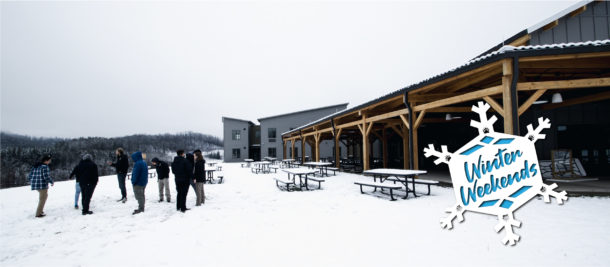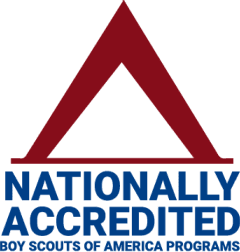Excitement is building for the Summit Bechtel Reserve, and with lots of hype about whitewater rafting, zip line canopy tours, biking trails and hiking trails, who wouldn’t be?
(And to check out the latest craze in water sports, share this with your friends.)
While the Summit is most known for its action-packed activities, there are plenty of other projects on-site that make it unique.
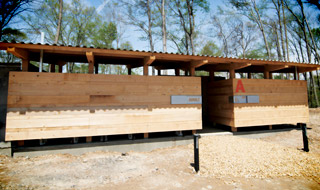
Example: How about the showerhouses?
Trinity Works, developer of the Summit, is currently constructing a series of permanent showerhouses (3 are already complete) that will make rinsing off a green experience.
For starters, the showerhouses are made entirely of locally cut and milled hemlock, which means when a tree is cut to make room for construction there is an excellent chance it ends up as a structure just down the road.
The Summit Now Has White, Gray And Black Water
We’ve heard a lot about the awesome whitewater activities near the Summit, but there are other types of water we’re keeping our eye on, too.
The showerhouses will use a graywater recycling system that captures and treats used sink water and then recycles it to flush toilets and urinals.
Here’s how the process works:
- You use the sink while washing your hands.
- The sink water then enters the graywater system where it is treated by a series of filters and UV rays.
- The graywater is then separated from the blackwater (we’ll talk more about this step in a second).
- The graywater is then recycled into the toilet and urinal flush system.
Still with us? Good.
Now we know the graywater gets recycled, but what happens to that so-called blackwater we mentioned? In fact, what is blackwater?
Basically, it’s just a nice name for sewage, and it would usually go to a sewage treatment plant where large amounts of energy are required to make it safe for disposal. But don’t worry, the Summit has managed to find an alternative to this, too.
Here’s how we’re using blackwater to enhance the environment:
- Blackwater is drained into a lagoon where it can naturally filter itself.
- It is then sent into a drip-irrigation system which lines nearby forest floors.
- The irrigation system slowly releases the filtered blackwater into the ground which adds nutrients to the soil.
- There is plenty of fertile land for vegetation to flourish in the future.
Alison Schapker, the director for sustainability at Trinity Works, said the best thing about the graywater system is that none of the waste is being put into the local municipal system.
“The best filter isn’t a chemical filter or any other high tech filters,” said Schapker. “It’s soil.”
So How Much Water Are We Saving?
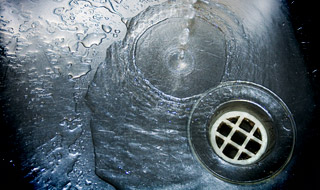
Did we mention there will be 116 neighborhoods at the Summit that you and thousands of your friends will be inhabiting for 10 days? That means a grand total of 2.32 million gallons of recycled water at the jamboree.
You would have to leave your average garden hose running for almost an entire year to come up with that much water.
“It’s saving about 2,000 gallons per day per neighborhood,” said Pete Munoz, senior engineer for Natural Systems International.
With the installation of these innovative facilities, the Summit plans to demonstrate the importance of conserving and caring for the land that gives us the ability to take part in the adventures that make Scouting special.
So who’s ready to wash your hands with pride at the 2013 National Scout Jamboree?
